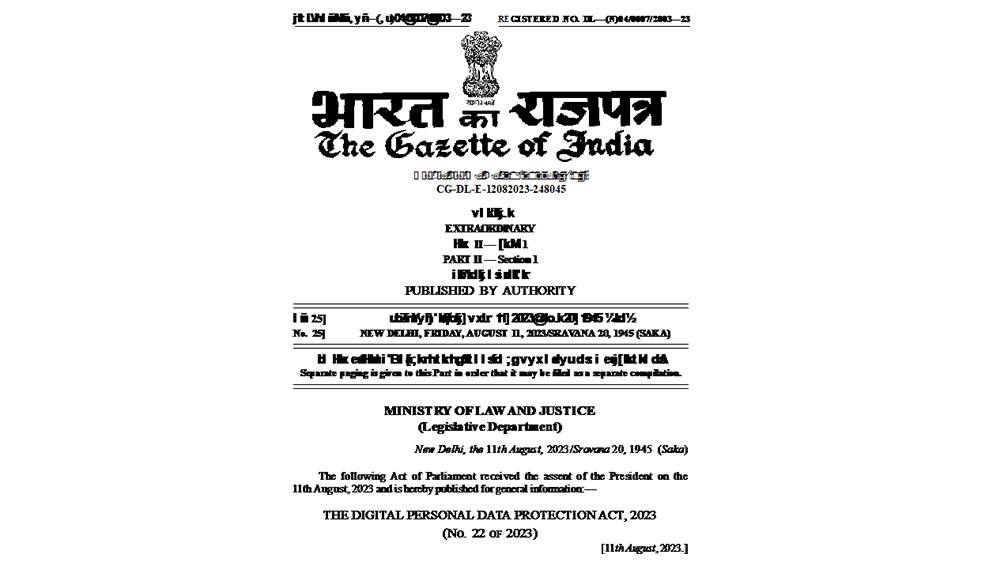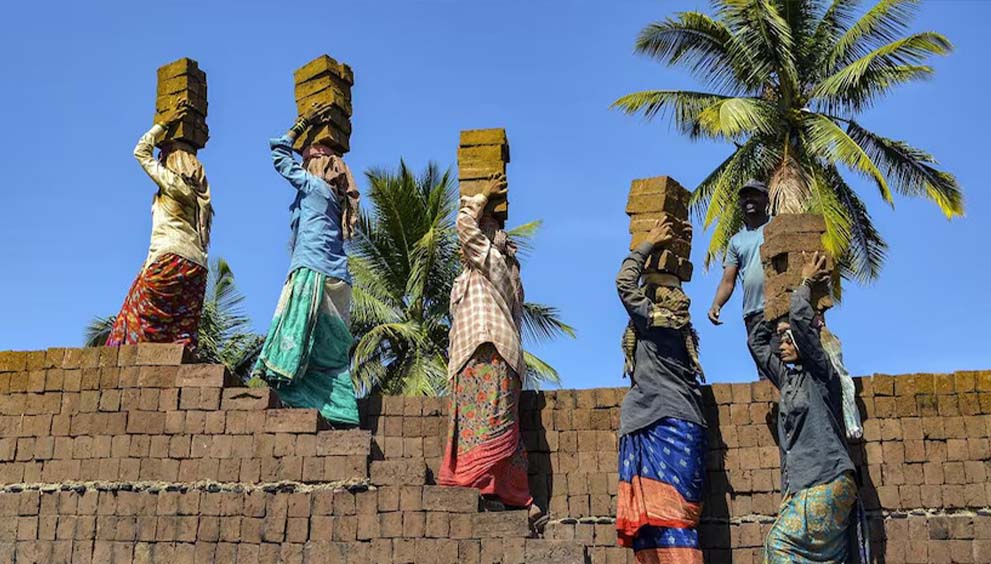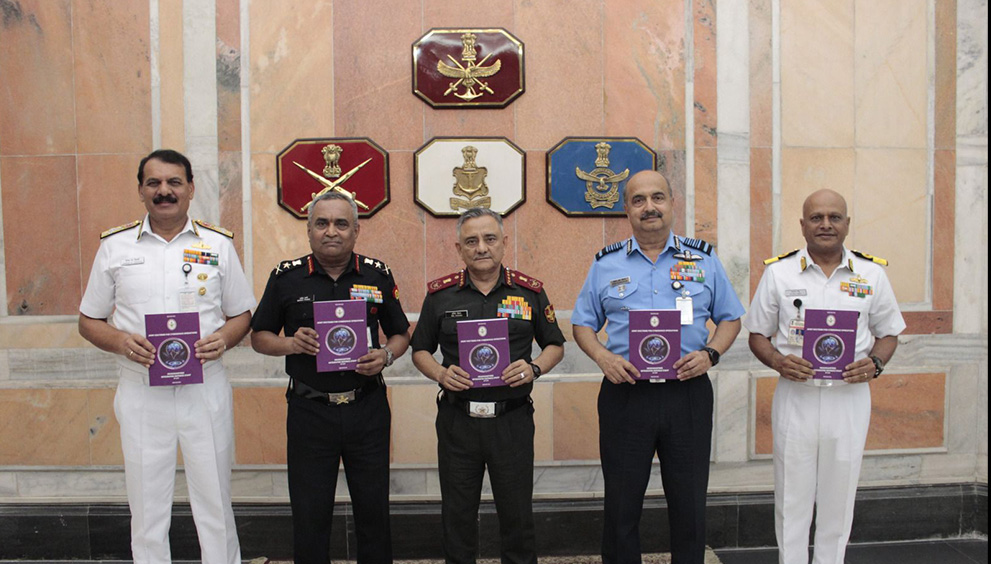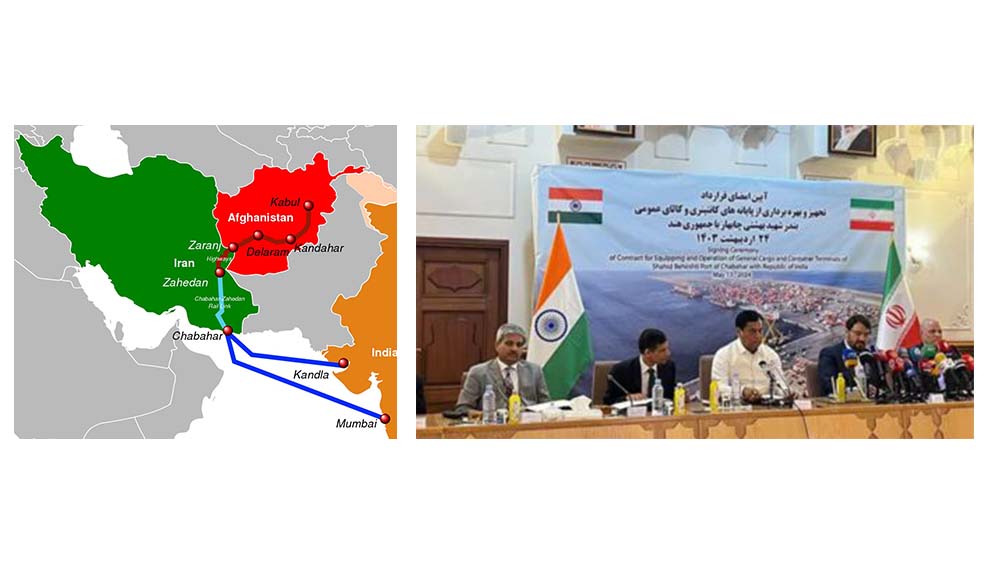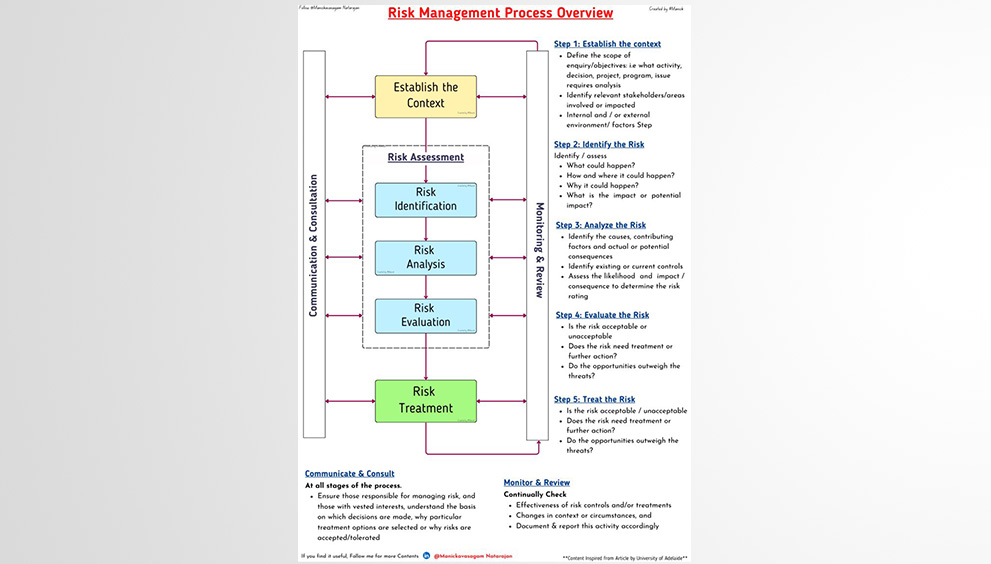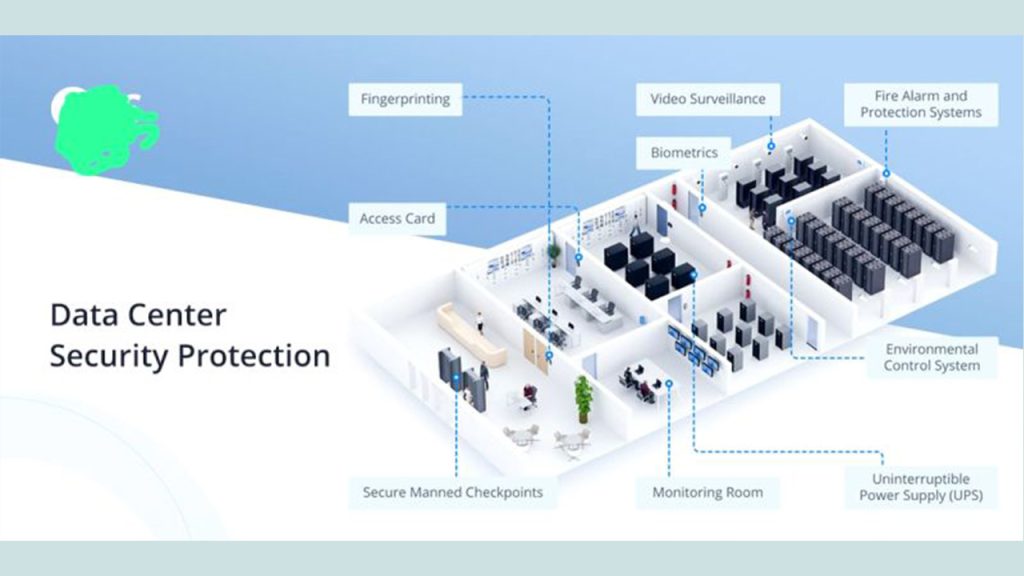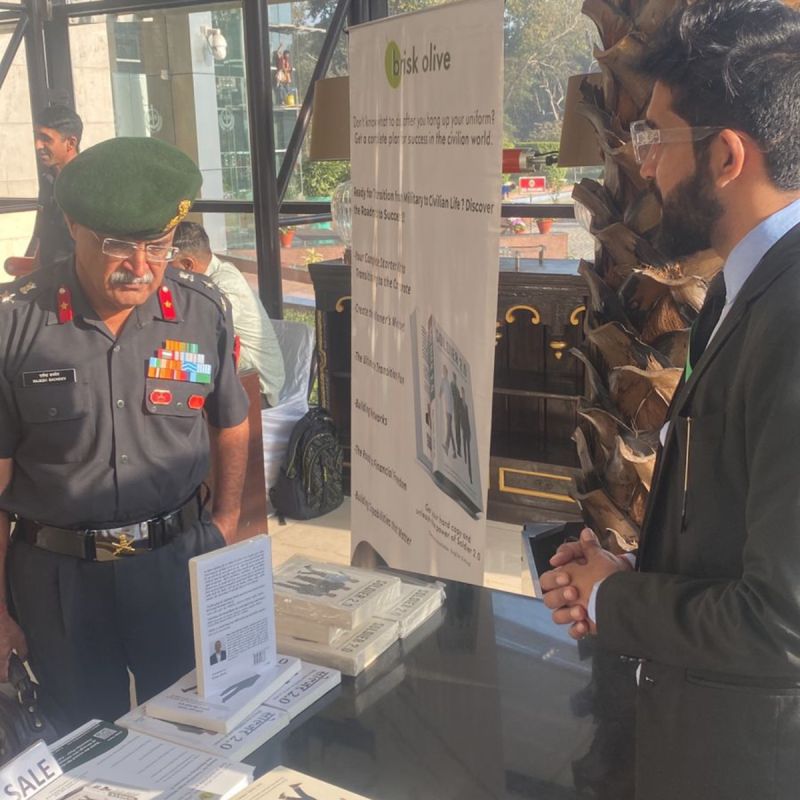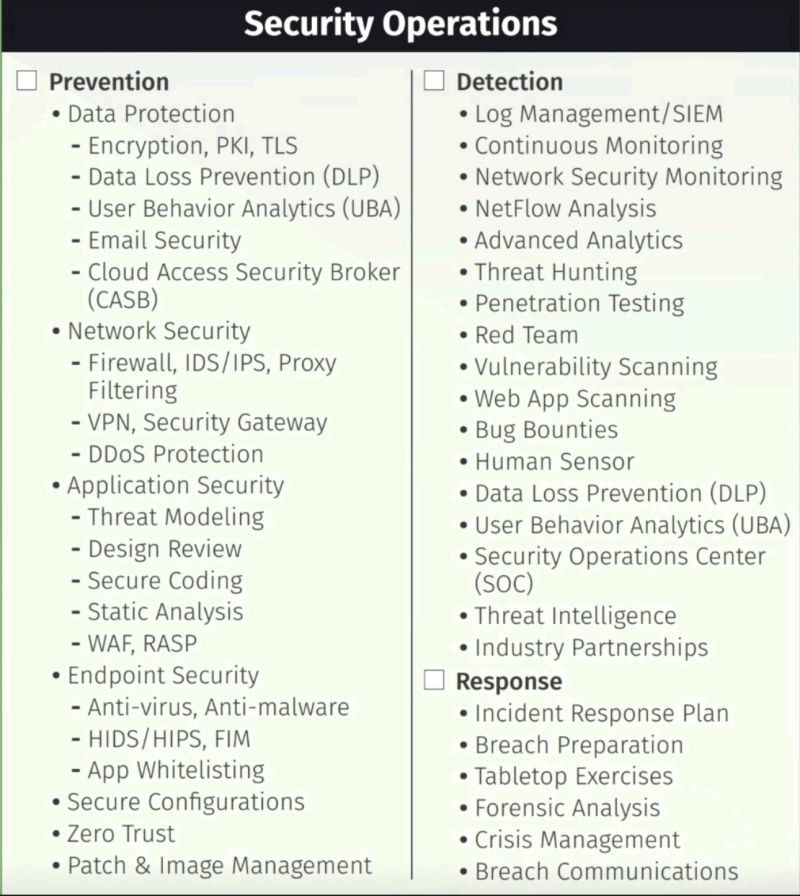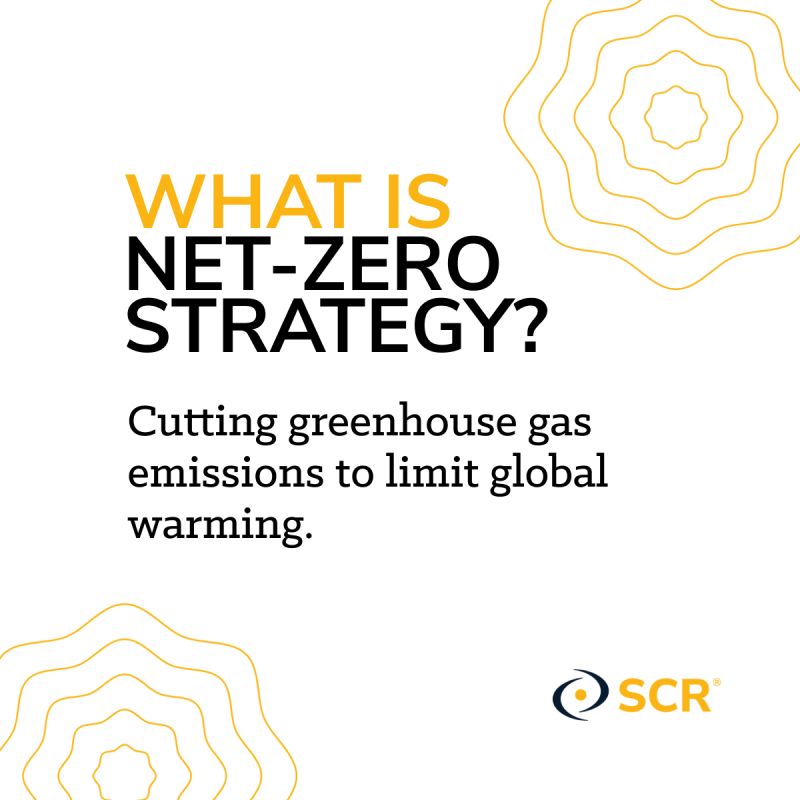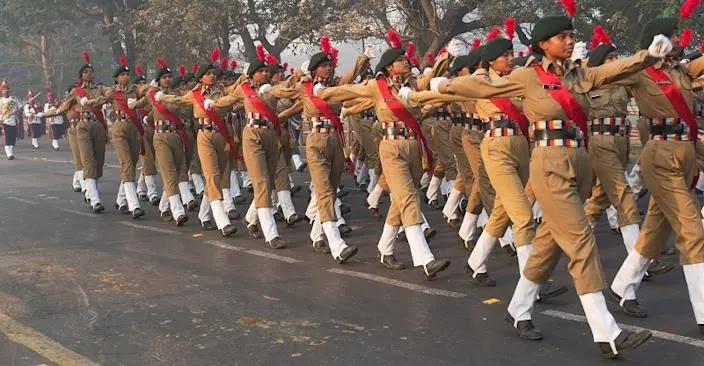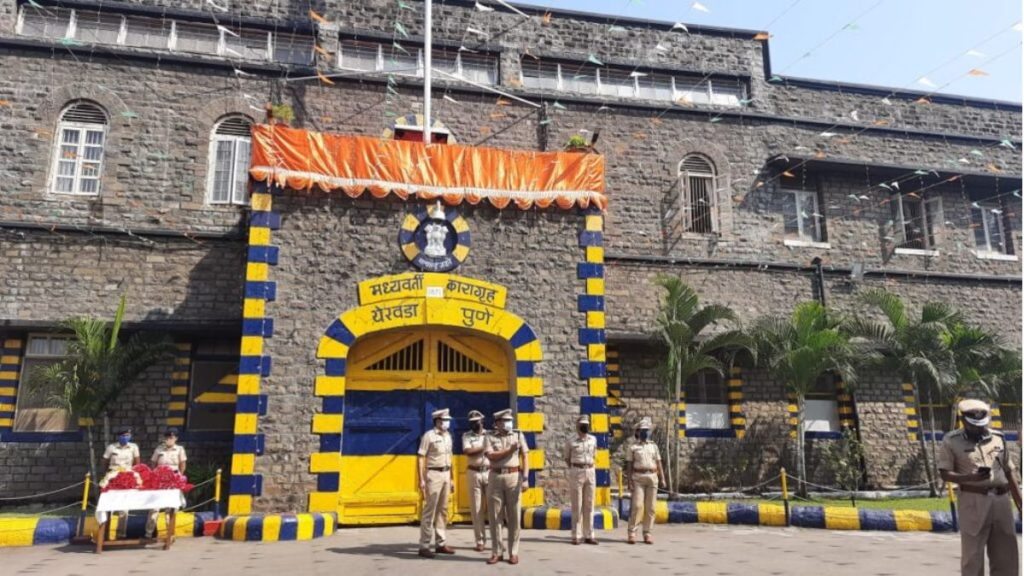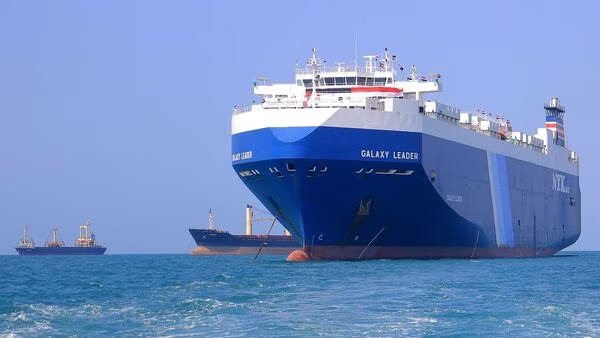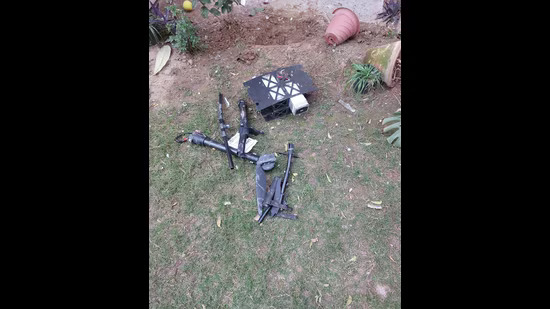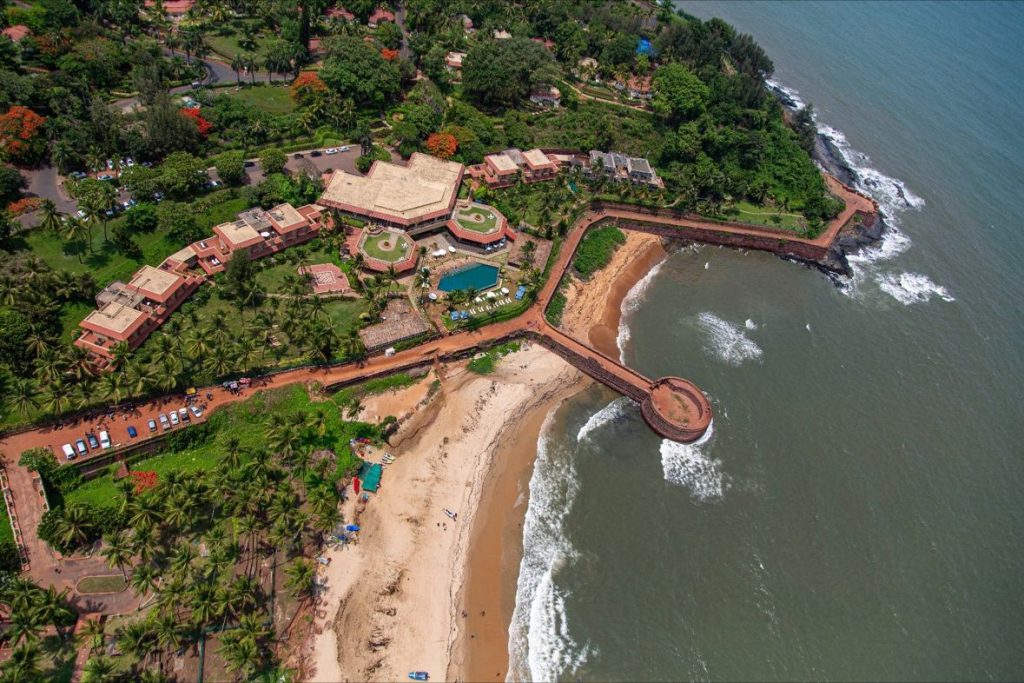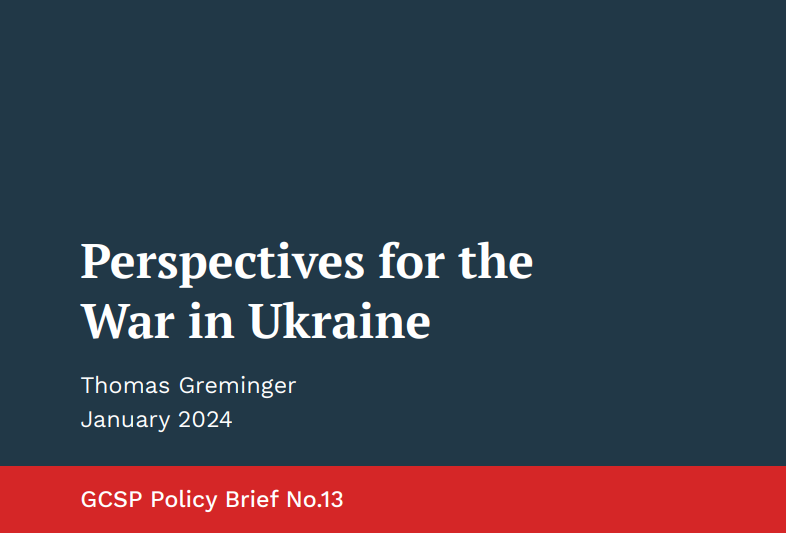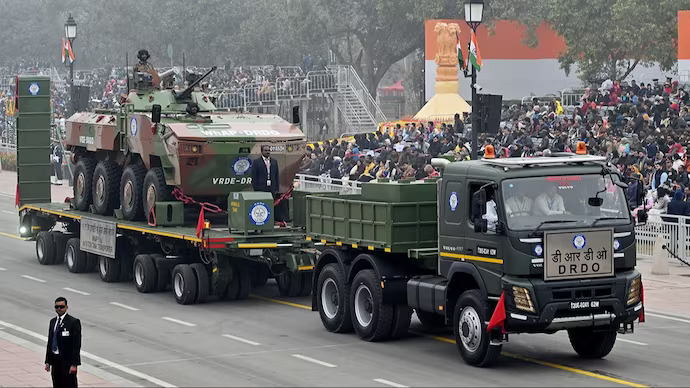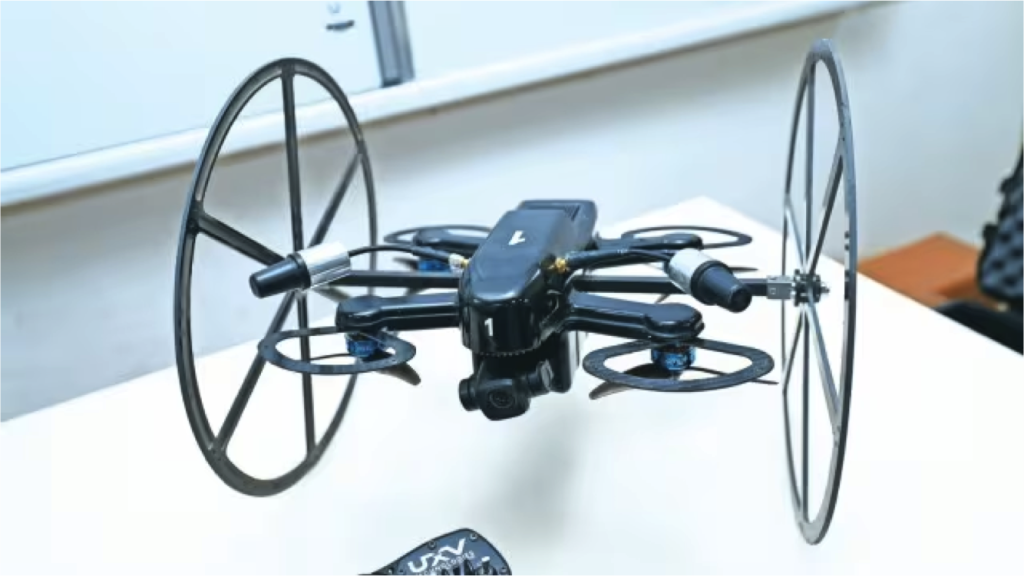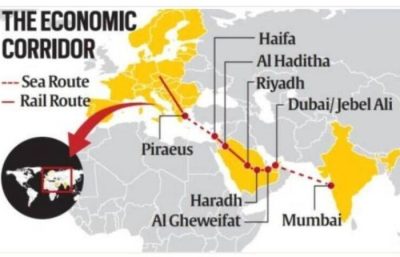AATMANIRBHAR BHARAT: EFFECT ON DEFENCE & AEROSPACE INDUSTRY

1. India’s growing Defence & Aerospace Industry has been given a boost by the Aatmanirbhar Bharat policy of the Government. This Industry is projected to grow at a CAGR of 10.6% from 2021 to 2028 reaching US$ 1,284.19 million by 2028 from US$ 635.80 million in 2021 growing at a CAGR of 10.6% from 2021 to 2028.
Link https://www.businessmarketinsights.com/reports/india-aerospace-and-defense-power-technologies-market
Legacy of Defence Procurement in India
2. Since Independence till the war with China, Indian Defence forces were procuring capital equipment from Western sources, mainly UK & France. Despite having a wonderful Ordnance Factory and other PSUs set up, India had to keep buying at exorbitant costs, that war waging equipment which had usually been rejected by the defence forces of the countries where they were manufactured. For example, the nimble Gnat aircraft for the IAF & the Vickers Mk-1 (Vijayanta). While these were licence produced in India, much better equipment was available to our adversaries in the West through their alignments with the Western Countries, in the garb of potential resistance to the growing Communist threat from the Central Asian Region.
3. Then came the friendship treaty with the USSR & Soviet era equipment flooded the Indian Defence forces. The IAF, Army & Navy were slowly weaned away from Western Equipment and names like Mig 21, 23, 25, 27, An-32, IL-76, T-55, T-72, T-90 & various Naval Ships from Russia bolstered our Defence Forces.
4. The West opened up again in the wake of 11 Sep 2001 attacks on the twin towers, when they needed India’s support geopolitically. This resulted in a few types of Western Capital equipment procured at heavy costs, mainly aircrafts. Our own designed home-grown production of Air & Land systems remained abysmally poor. Navy had however slowly started designing & procuring ships with much higher indigenous contents.
Present changes due to Make in India
5. Everything that we had procured from foreign OEMs was being maintained at very high costs to the exchequer. The costs associated with the maintenance of equipment till end of its life cycle are much more than the cost of the Capital Equipment. This was the scenario till as recently as a 2020, when the 1st Negative (later coined positive lists) was announced. Since then, in a matter of 3 to 4 years five such lists have come out. These are lists of items which cannot be procured from foreign sources and need to be procured from Indian industry with a definite percentage component of Indian costs. Certain government decisions both at Micro level (Emergency Procurements, combined single trials) and Macro level (Promotion of Indian Industries for largescale procurements) created a ripple in the Indian Defence Industry setup as a whole.
6. This has seen a vast improvement in the home-grown nascent Defence & Aerospace Industry in the last few years. Many foreign OEMs are now willing to relocate to India for getting a share of the Indian Market. There are startups opening up on a weekly if not a daily basis, Industry powerhouses too have started new companies to catch this fresh wind of Industrial growth pushed by the Government’s new policies. There is such positivity in the Indian Defence & Aerospace industry that it is palpable in all the seminars & symposiums that are being conducted regularly in all parts of the countries supported by Federation of Indian Chambers of Commerce and Industry (FICCI), Confederation of Indian Industries (CII), PHD Chamber of Commerce & Industry (PHDCCI) & other similar bodies.
Relevance of India’s Defence & Aerospace Industry
2. India has always followed a Non-Aligned path in the Geopolitics of the World. India is also growing at a very rapid pace, this is seen & felt by Geopolitical entities. These entities have realised that our defence needs are one major factor to sway us towards their way of thinking. Also, the recent wars & subsequent throttling of supply chains have told us that we cannot be dependent on other nations for our defence needs. An independent homegrown Defence Industrial Complex is what we really need. It seems that this is what the government of the day realises, and hence changed policies. Such an Industrial juggernaut will have many effects in the world of geopolitics, and our relations with both the Global South & North.
3. An Independent Defence Industrial Complex will break those chains that bind us to certain countries in the Geopolitical sphere of influence. While catering to Indian Ministry of Defence needs, such a move is also making own Defence Industry competitive in the international arena, where the Defence needs of most are controlled by a very few. This monopoly of sorts will be broken by exporting of our defence products to the Global South at lower prices.
Notes: –
· An example is the Bharat Forge deal of 1300 Crores of Artillery Guns to a friendly foreign country.
· Defence exports have grown from Rs 4600 Crores in 2017/18 to Rs 15920 Crores in 2022/23 (Data shared by DG Foreign Trade in a seminar at Vigyan Bhawan on 30 Jan 2024).
Conclusion
The growing Defence & Aerospace Industry will bring windfalls in the coming years. With a huge internal market and gigantic export opportunities, this is an Industry to watch specially with the government pushing it for Geopolitical reasons.

 Member Login
Member Login 






